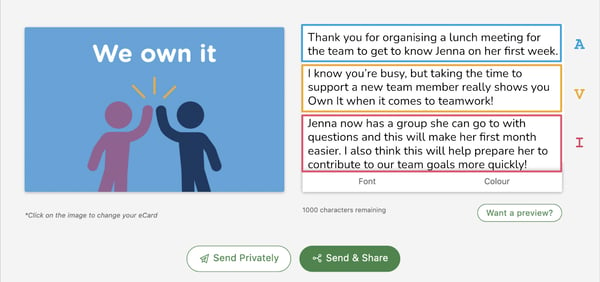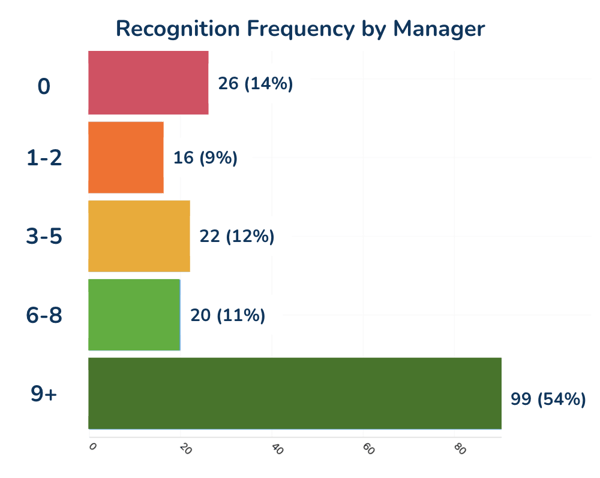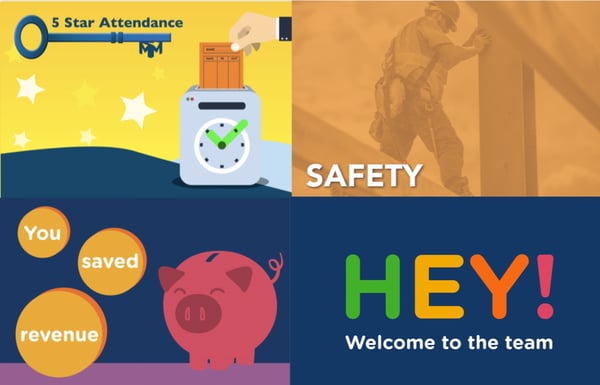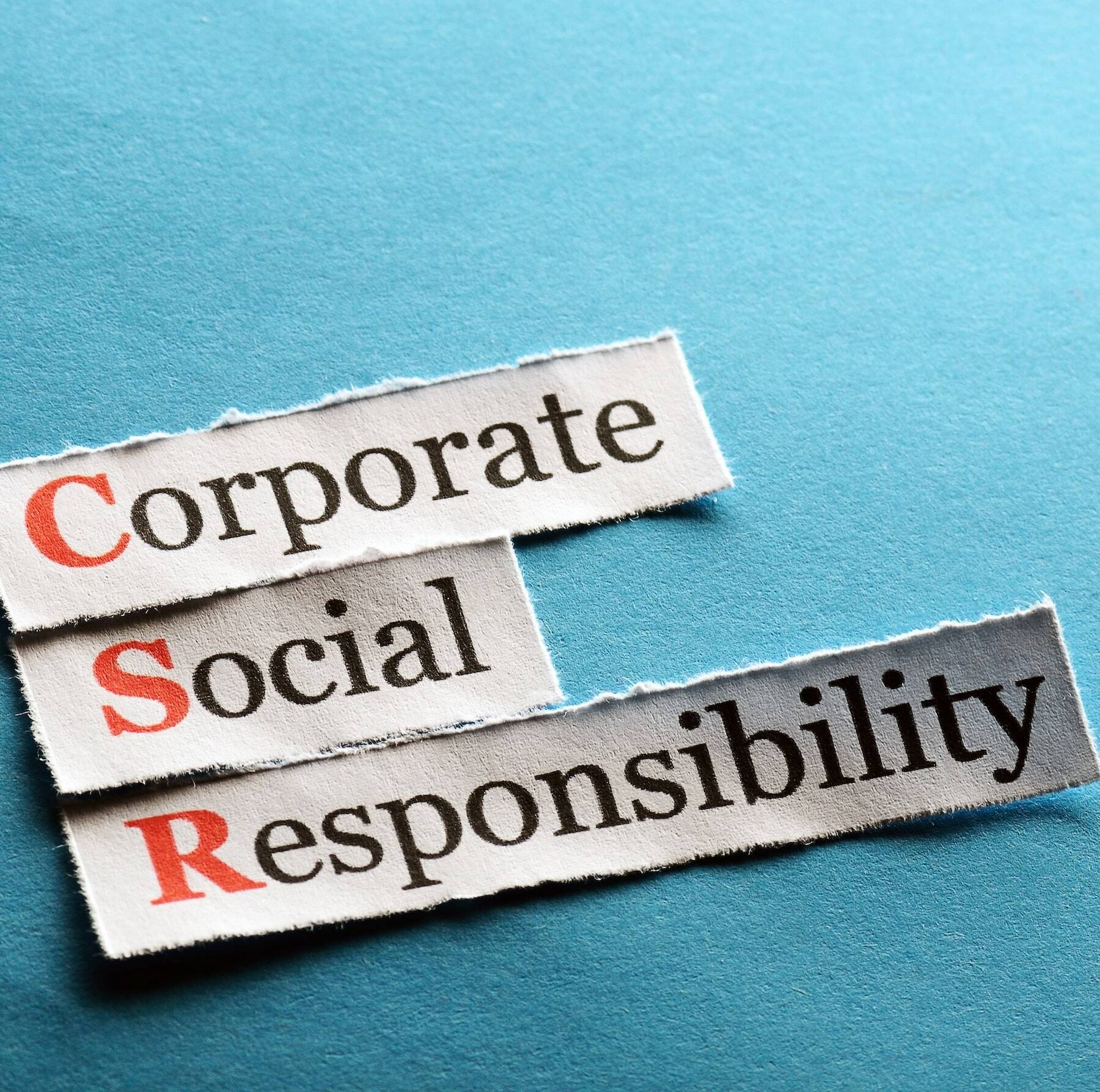When companies are looking to increase their focus on recognition, often it's because employees are asking for it. There has been a survey and, inevitably, employees have shared that they just don’t get enough appreciation. In Reward Gateway research 70% of employees say that morale and motivation would improve if managers just said 'Thank You' more. Fortunately, companies can move forward with the confidence that employee-stated needs fit the needs of the company.
A study from Bersin by Deloitte found that in organisations where recognition occurs, employee engagement, productivity and customer service are about 14% better than those without. It's a win-win. But how can you design a recognition plan that actually fulfils these goals? That causes people to feel effectively appreciated? And one that managers can feel confident is also supporting increased results?
That last piece is especially important. If managers believe recognition is driving results that are near and dear to their hearts, it moves from a 'nice to do' to an action that consistently gets prioritised. Then your People Team no longer needs to walk around banging the recognition drum and can benefit from the increased engagement, reduced turnover and cultural successes the programme provides.
Let’s uncover some of the steps you can take to ensure your reward and recognition programme improves productivity.
Learn more about our reward and recognition solutions »
Define what to recognise employees for
The first simple, but transformative, step is to talk with leaders about which actions they might recognise. Managers sometimes relegate recognition to supporting the 'soft stuff.' They can assume that recognition is only for when people are 'nice to each other.' That should be true, but it can also be true that we recognise the actions that lead to results. Here are some examples of eCards across various industries:
- Welcoming new employees
- Quickly turning around requests
- Spotting ways to increase safety
- Effectively communicating between groups
- Promoting key products with customers
Help your employees understand how to recognise
While employees state that recognition drives morale and motivation, they also are less likely to notice recognition in the environment. Reward Gateway has found that 80% of Senior Leaders believe recognition happens regularly, while only 17% of employees feel they work in a recognition rich environment. I think much of that gap is due to poorly delivered recognition messages.
Therefore, the next step to a results-focussed recognition plan is to ensure the impact employees are having is a focus of the recognition story. This more powerful storytelling will make it more likely that an employee will hear the difference they are making and connect their actions to the mission or values. In fact, the eCards most of our clients choose to use are based on their values. The added benefit of a more impact-based recognition story is that it makes it more likely employees will pay attention and even notice it has happened.

Here is an example of how to improve employee recognition messages with impact or values-based recognition to increase engagement. In industries and departments that are struggling with turnover, the act of welcoming new employees can be a game changer, but individually, recognitions for this action can seem ordinary. 'Thanks for welcoming the new person!' reads as not very impressive. Now write it up it with the impact as a focus with the Action Value Impact (AVI) model:

This recognition puts the desired action in the spotlight. Storytelling like this makes it more likely the person will prioritise being welcoming in the future AND that others will know it is a valuable use of time.
Consistency drives results
Finally, if you want recognition to drive short-term and long-term changes in productivity, it needs to be a part of your everyday culture. Something that happens consistently, not just once or twice a year. Consider some of these strategies to ensure recognition is a force within your organisation:
- Share recognition in a social feed so everyone can learn from others and be reminded to recognise others.
- Ask leaders to put time on their calendar each week to recognise great work within and across teams.
- Start regular meetings with a 'recognition moment' to get good news stories circulating and to build a habit of noticing what is working (not just what isn’t).
- Track and share manager or department recognition participation to keep consistency top-of-mind.
- Try recognising employees in different departments to ensure that recognition is felt company-wide.

Improving employee motivation doesn’t happen overnight. When leaders and managers prioritise reward and recognition and focus on highlighting the good, the good gets better. Not only will employees be more productive, but the company will start to reach its business goals. It all starts with knowing what to recognise, how to recognise and keeping a steady drumbeat going.
If you’d like to learn more about how our reward and recognition tools can help improve morale at your organisation, get in touch with an Employee Engagement Specialist today.

%20(1).jpeg) Alexandra Powell
Alexandra Powell




